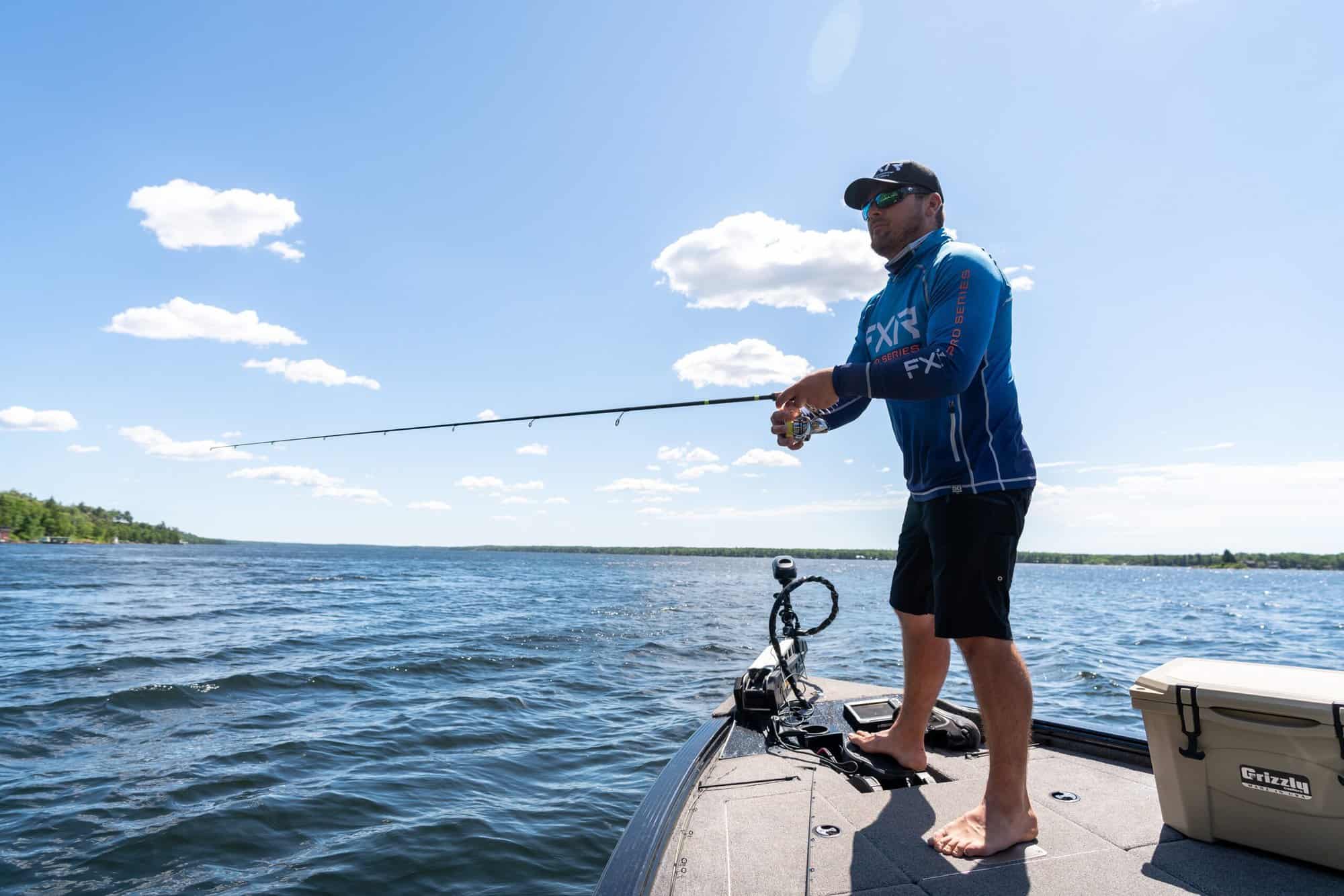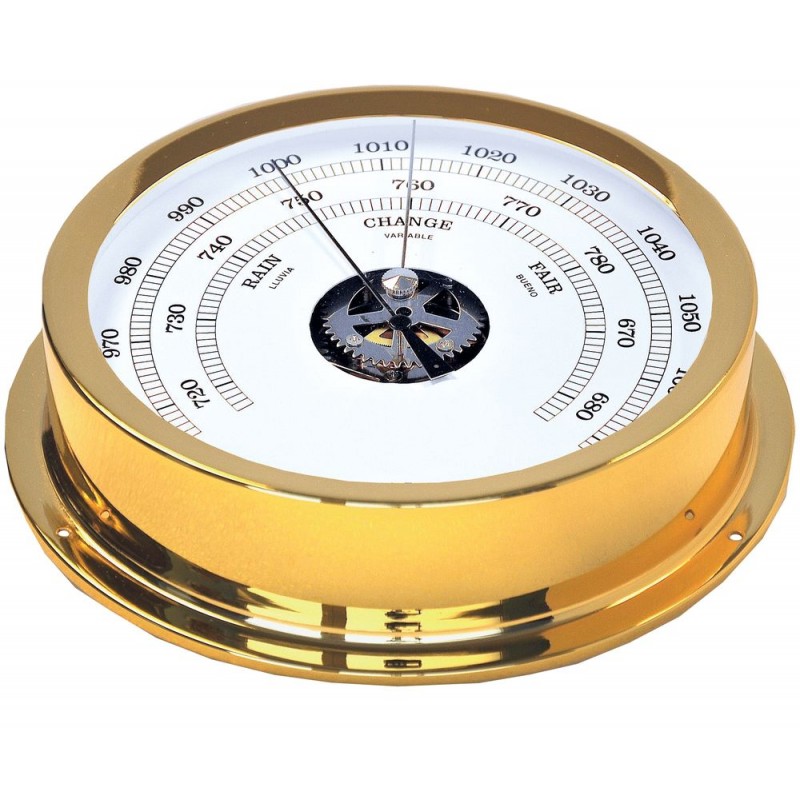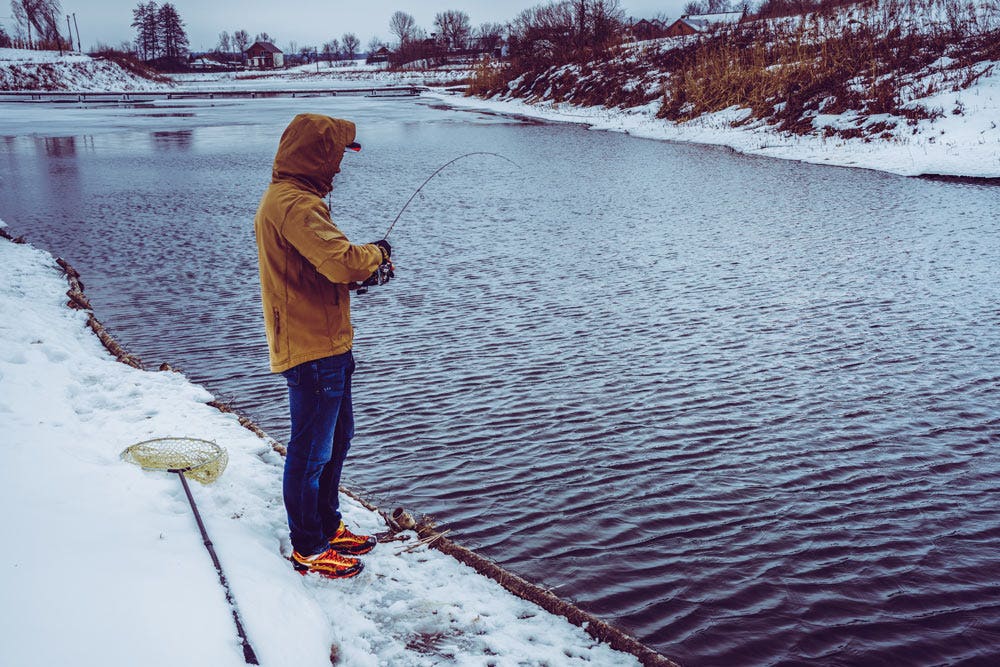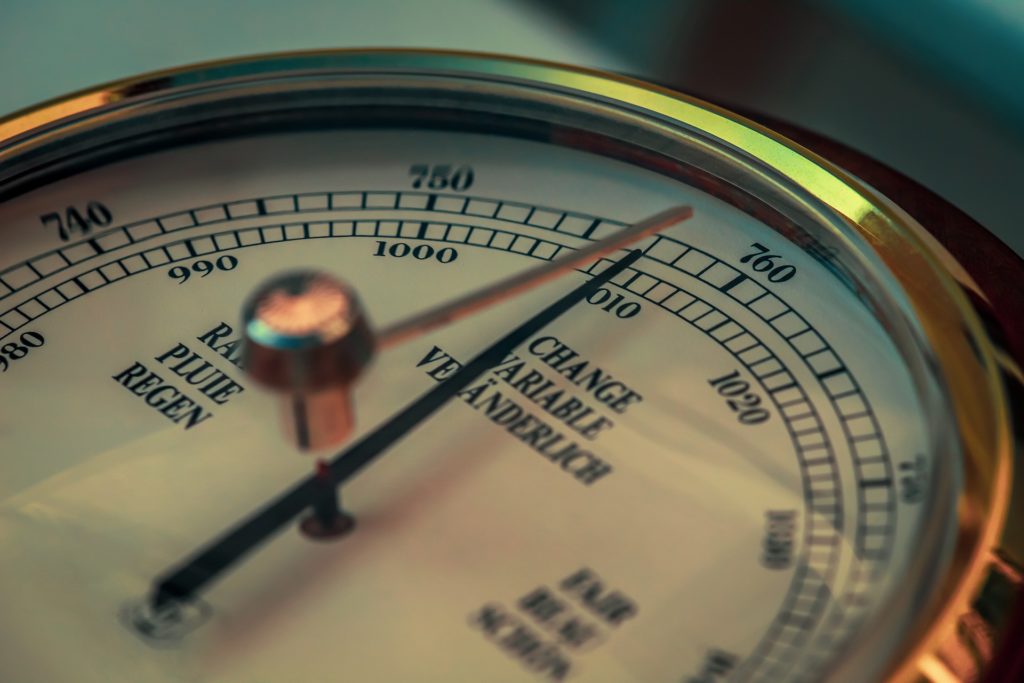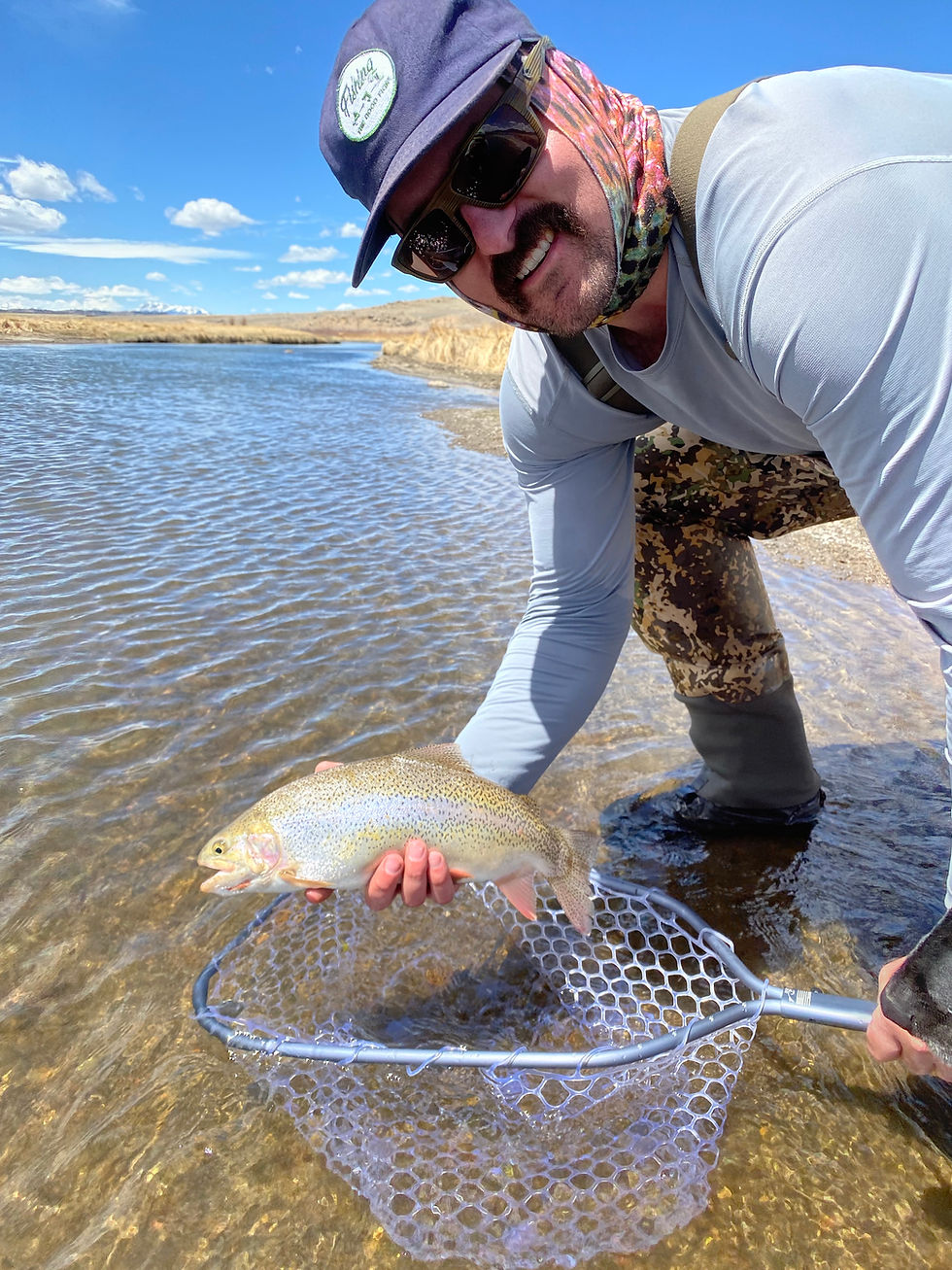Understanding Barometric Pressure
What is Barometric Pressure?
Barometric pressure, also known as atmospheric pressure, is the force exerted by the weight of the atmosphere on a specific area. It is a critical factor in weather patterns and can significantly influence various biological processes. Understanding barometric pressure is essential for anglers, as it plays a crucial role in fish behavior and feeding patterns.
Barometric pressure is measured using a barometer, typically in units of millibars (mb) or inches of mercury (inHg). The standard atmospheric pressure at sea level is approximately 1013.25 millibars or 29.92 inches of mercury. However, this pressure is not constant and fluctuates due to changing weather conditions.
Several factors influence barometric pressure, including altitude, temperature, and humidity. Higher altitudes generally have lower barometric pressures, while lower altitudes exhibit higher pressures. Temperature also affects pressure; warmer air tends to rise and create lower pressure, whereas cooler air sinks, resulting in higher pressure. Moreover, humidity levels can impact atmospheric pressure, with moist air contributing to lower pressure and dry air resulting in higher pressure.
Understanding the concept of barometric pressure and its influencing factors provides a foundation for exploring its effects on fishing. By recognizing the fluctuations in barometric pressure and their causes, anglers can better predict fish behavior and optimize their fishing strategies.
How Barometric Pressure Affects Weather
Barometric pressure is a key component in determining weather conditions, influencing phenomena such as precipitation, wind patterns, and temperature changes. Weather systems are categorized based on areas of high and low pressure, each having distinct characteristics. Understanding the relationship between barometric pressure and weather is essential for predicting fishing conditions.
High-pressure systems, often referred to as anticyclones, are typically associated with calm and clear weather. In these systems, air pressure is higher than the surrounding areas, causing air to sink and stabilize. This sinking motion inhibits cloud formation and results in fair weather with minimal precipitation. High-pressure systems often bring cool and dry air, creating favorable conditions for outdoor activities, including fishing.
Conversely, low-pressure systems, or cyclones, are linked to more dynamic and unstable weather patterns. These systems have lower pressure than the surrounding areas, causing air to rise and condense, leading to cloud formation and precipitation. Low-pressure systems are often accompanied by storms, rain, or snow and can bring warmer, moist air. These conditions can create challenges for anglers, as the weather is less predictable and can quickly change.
Moreover, the movement of high and low-pressure systems influences wind patterns. Air moves from areas of high pressure to areas of low pressure, creating winds that can affect fishing conditions. Strong winds can create rough water, making it difficult to fish, while gentle breezes can stimulate fish activity by aerating the water and distributing food particles.
Understanding how barometric pressure affects weather provides valuable insights for anglers planning their fishing trips. Recognizing the correlation between pressure systems and weather patterns enables anglers to anticipate conditions and adjust their strategies accordingly.
Barometric Pressure and Fish Behavior
Fish Sensitivity to Pressure Changes
Fish are highly sensitive to changes in barometric pressure due to their specialized anatomy and physiology. This sensitivity affects their behavior, feeding patterns, and overall activity levels. Understanding fish sensitivity to pressure changes is crucial for optimizing fishing strategies and increasing success rates.
Fish possess an organ called the swim bladder, which helps them regulate buoyancy and maintain their position in the water column. The swim bladder is filled with gas and can expand or contract in response to changes in barometric pressure. When pressure decreases, as in a low-pressure system, the gas in the swim bladder expands, making fish feel uncomfortable and less likely to move or feed. Conversely, when pressure increases, as in a high-pressure system, the gas in the swim bladder compresses, making fish more comfortable and active.
Moreover, rapid changes in barometric pressure can cause stress and discomfort for fish, impacting their overall behavior. Sudden drops in pressure often lead to reduced feeding activity and lethargy, as fish become more focused on maintaining buoyancy rather than searching for food. On the other hand, gradual and moderate pressure changes are less likely to cause stress, allowing fish to continue their normal activities, including feeding.
Understanding fish sensitivity to pressure changes highlights the importance of monitoring barometric pressure when planning fishing trips. By recognizing how different pressure conditions affect fish behavior, anglers can adjust their techniques and timing to optimize their chances of success.
Ideal Barometric Pressure for Fishing
The ideal barometric pressure for fishing is a topic of much debate among anglers, as different species and environments can influence this optimal range. However, general patterns suggest that certain pressure conditions tend to be more favorable for fishing success. Understanding these patterns helps anglers make informed decisions about when and where to fish.
- Stable Pressure: Fish are often more active and willing to feed when barometric pressure is stable. Stability indicates a lack of sudden atmospheric changes, creating a comfortable environment for fish. Consistent pressure allows fish to maintain their buoyancy and focus on feeding, increasing the likelihood of bites.
- Rising Pressure: Rising barometric pressure is generally associated with improving weather conditions, such as the transition from a low-pressure system to a high-pressure system. During this period, fish often become more active and feed aggressively as they sense the impending stable conditions. Anglers often experience successful fishing during these transition periods.
- Falling Pressure: While rapid drops in pressure can cause stress and reduce fish activity, moderate and gradual decreases can also stimulate feeding behavior. Before an approaching storm, fish often increase their feeding activity in anticipation of the less favorable conditions. Anglers can take advantage of this “feeding frenzy” by fishing during the initial drop in pressure.
- High Pressure: High-pressure systems, characterized by clear and calm weather, can create favorable fishing conditions, especially for surface feeding fish. The increased light penetration and stable conditions often encourage fish to be more active and visible. However, prolonged periods of high pressure may require adjusting tactics to account for fish becoming more cautious and deeper in the water column.
Understanding the ideal barometric pressure for fishing highlights the importance of monitoring atmospheric conditions and adapting strategies based on these patterns. By recognizing favorable pressure trends, anglers can increase their chances of success and improve their overall fishing experience.
Tips for Fishing in Different Barometric Conditions
Fishing During Stable Pressure
Stable barometric pressure is often the most favorable condition for fishing, as it creates a consistent and comfortable environment for fish. Understanding how to optimize fishing techniques during stable pressure enhances the likelihood of a successful outing.
- Location: During stable pressure, fish are likely to maintain their regular patterns and stay in their usual habitats. Focus on known fishing spots where fish are typically active, such as structure areas, drop-offs, and vegetation edges. Stable conditions often make fish less wary and more willing to explore their surroundings.
- Lure Selection: Use lures that match the natural forage and mimic the typical diet of the target species. During stable pressure, fish are more likely to feed actively and respond to realistic presentations. Soft plastics, crankbaits, and topwater lures can be effective choices, depending on the species and water conditions.
- Presentation: Emphasize a natural and subtle presentation to attract fish. During stable pressure, fish are more responsive to lifelike movements and accurate imitations of prey. Vary your retrieve speed and technique to find the most effective pattern, such as slow and steady or quick and erratic.
- Timing: Fish are often more active during dawn and dusk, making these times ideal for fishing during stable pressure. Take advantage of the low light conditions and the natural feeding cycles of fish to increase your chances of success.
Understanding how to fish during stable pressure ensures that anglers can make the most of these favorable conditions. By focusing on location, lure selection, presentation, and timing, anglers can optimize their approach and enhance their fishing experience.
Fishing During Pressure Changes
Fishing during changes in barometric pressure, such as rising or falling pressure, can present unique opportunities and challenges. Understanding how to adapt techniques to these conditions helps anglers take advantage of fish behavior during pressure transitions.
- Rising Pressure: As barometric pressure rises, often indicating improving weather, fish tend to become more active and feed aggressively. Focus on areas where fish are likely to capitalize on the stable conditions, such as points, humps, and feeding flats. Use lures that create movement and vibrations to attract fish, such as spinnerbaits and swimbaits. The increased activity level makes fish more responsive to dynamic presentations.
- Falling Pressure: During falling pressure, fish may respond to the impending weather changes by increasing their feeding activity. Concentrate on cover and structure areas where fish seek shelter, such as rock piles, ledges, and submerged vegetation. Slow down your presentation and use lures that allow for precise and deliberate movements, such as jigs and soft plastics. The fish’s heightened sensitivity to pressure changes requires a more methodical approach.
- Rapid Pressure Changes: Sudden and significant drops in pressure can cause fish to become lethargic and less willing to feed. In these conditions, focus on deep-water structures where fish may seek refuge, such as channels and brush piles. Use finesse techniques and smaller baits to coax reluctant fish, such as drop shots and finesse worms. Patience and persistence are key during rapid pressure changes.
Understanding how to fish during pressure changes highlights the importance of adapting techniques and strategies based on fish behavior. By recognizing the effects of rising and falling pressure, anglers can optimize their approach and increase their chances of success.
Adapting to High and Low Pressure
High and low-pressure systems each present distinct challenges and opportunities for fishing. Understanding how to adapt to these conditions ensures that anglers can effectively target fish regardless of the weather patterns.
- High Pressure: During high-pressure systems, characterized by clear and calm weather, fish may become more cautious and seek deeper water. Focus on deep-water structures and cover, such as drop-offs, ledges, and submerged trees. Use lures that create subtle movements and mimic natural prey, such as jerkbaits and Carolina rigs. Adjust your retrieve to be slower and more methodical to entice wary fish.
- Low Pressure: Low-pressure systems, often accompanied by overcast skies and precipitation, can create more dynamic fishing conditions. Fish may become more active and feed aggressively in the shallower water. Target areas with cover and structure, such as weed beds, shorelines, and bars. Use lures that create noise and vibrations to attract fish, such as chatterbaits and buzzbaits. The lower light conditions can also increase the effectiveness of brightly colored lures.
- Storm Approaches: As a storm approaches and pressure begins to drop, fish often increase their feeding activity in anticipation of the changing conditions. Take advantage of this “feeding frenzy” by targeting known hotspots and using aggressive presentations. Keep safety in mind and be prepared to seek shelter if weather conditions become severe.
Understanding how to adapt to high and low-pressure conditions ensures that anglers can effectively target fish regardless of the weather. By focusing on specific techniques and strategies, anglers can optimize their approach and increase their chances of success.
Conclusion: Mastering Fishing with Barometric Pressure
Understanding the impact of barometric pressure on fishing is essential for optimizing fishing strategies and increasing success rates. By examining the nature of barometric pressure, its effect on weather, and how it influences fish behavior, anglers can make informed decisions about when and where to fish.
Recognizing the ideal barometric pressure for fishing and adapting techniques to different pressure conditions ensure that anglers can effectively target fish regardless of the weather patterns. By focusing on stable pressure, pressure changes, and high and low-pressure systems, anglers can optimize their approach and enhance their overall fishing experience.
Mastering fishing with barometric pressure allows anglers to anticipate fish behavior, adjust their strategies, and make the most of their fishing trips. Understanding the intricacies of barometric pressure and its influence on fishing ensures a more rewarding and successful fishing experience.
By embracing the knowledge of barometric pressure and its impact on fish behavior, anglers can elevate their skills, increase their catch rates, and enjoy a more fulfilling time on the water.
